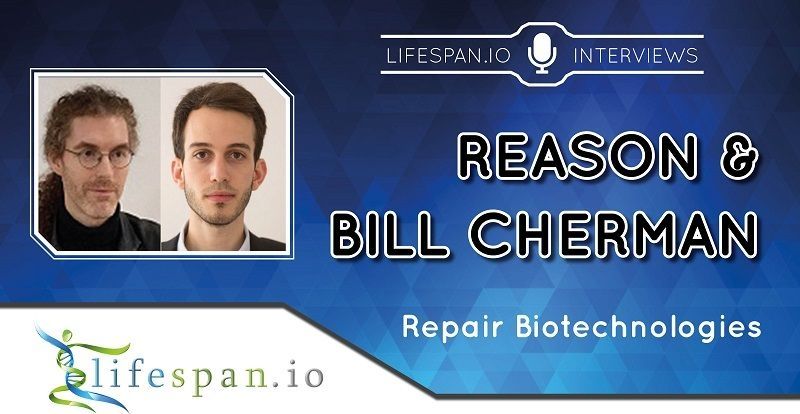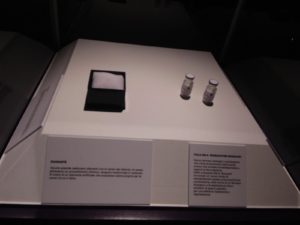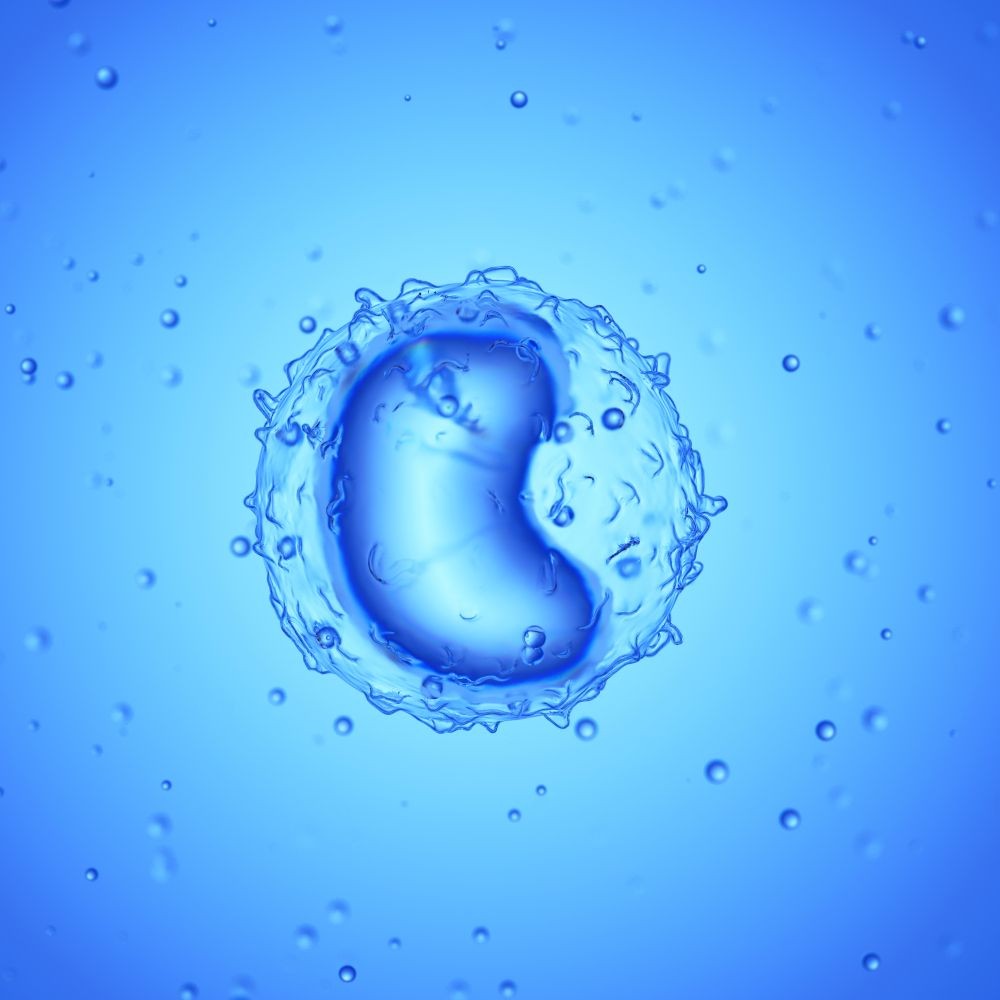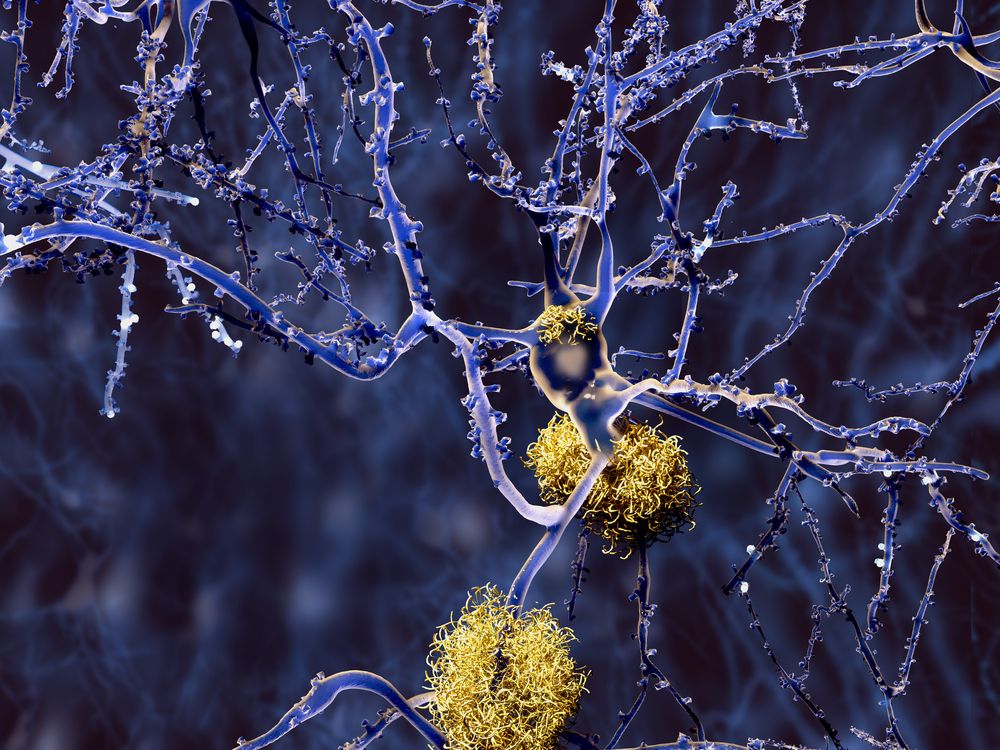Senolytics are the first therapies that directly target the aging process to delay or prevent age-related diseases and are now in human trials. Today we thought it was the ideal time to have a look at how they work and the companies involved.
Senescent cells and aging
As we get older, more and more of our the cells in our bodies become dysfunctional and enter into a state known as senescence. These senescent cells no longer divide or support the tissues and organs of which they are part; instead, they secrete a range of harmful inflammatory chemical signals, which are known as the senescence-associated secretory phenotype (SASP).




